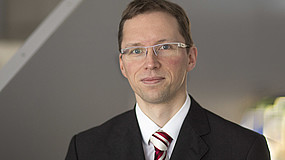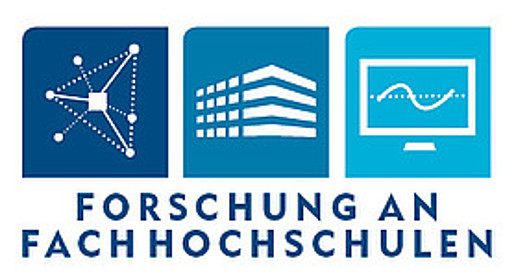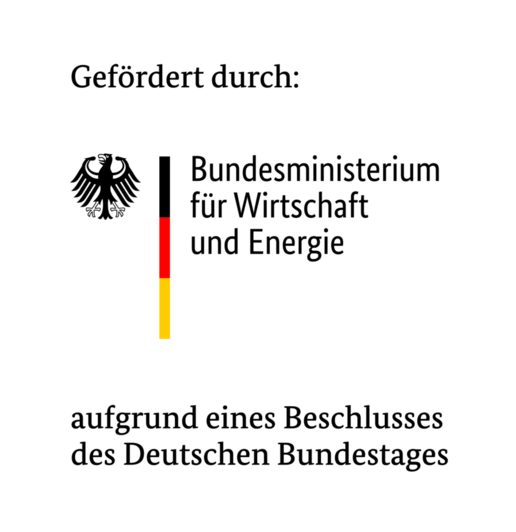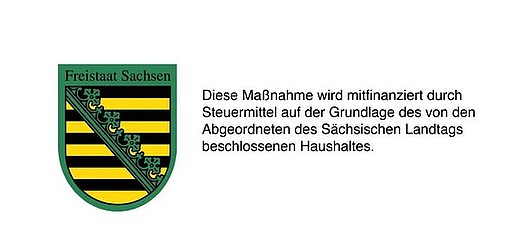The Zittau/Görlitz University of Applied Sciences and the HTWK Leipzig have jointly patented an innovative process for assessing the condition of technical devices.

Prof. Dr. Stefan Kornhuber and Dr.-Ing. Stefan Kittan from the HSZG and Prof. Dr.-Ing. Gerd Valtin, M.Sc. Peter Kästel, M.Sc. Michael Weise from the HTWK Leipzig have patented an innovative method for assessing the condition of technical devices, which combines the continuous and discontinuous acquisition of measured values from offline and online monitoring methods to provide a prioritized statement of condition and possible causes of faults.
The diagnosis of complex technical systems requires extensive expertise and a great deal of experience. An automated solution is advantageous to support the relevant experts in their work. This must be able to establish correlations between measured values and their interpretation to faulty subcomponents in the technical system. With this method, it is possible to evaluate large amounts of data using rule-based procedures and at the same time take the validity of measured values into account. The OpenBox approach also ensures the traceability of the results. AI-based procedures, which have to be trained, cannot be used in this context due to the comparatively small error cases determined in post-mortem procedures. In addition, trained AI methods usually use black box approaches, which are difficult or impossible to understand.
The fundamental relationships are specified in the form of a graphical knowledge base. The patent describes how such knowledge bases can be created, maintained and automatically evaluated.
The innovation of new assessment methods for distribution and power transformers was developed as part of the project "SMART-TR - Condition assessment of power and distribution transformers in electrical energy technology". The project was funded by the Federal Ministry of Education and Research as part of the Research at Universities of Applied Sciences with Companies (FHprofUnt) funding line (13FH026PB5).




The patenting of the invention was funded as part of the BMWK funding initiative WIPANO, partly with Saxon funding, in the SachsenPatent project.

